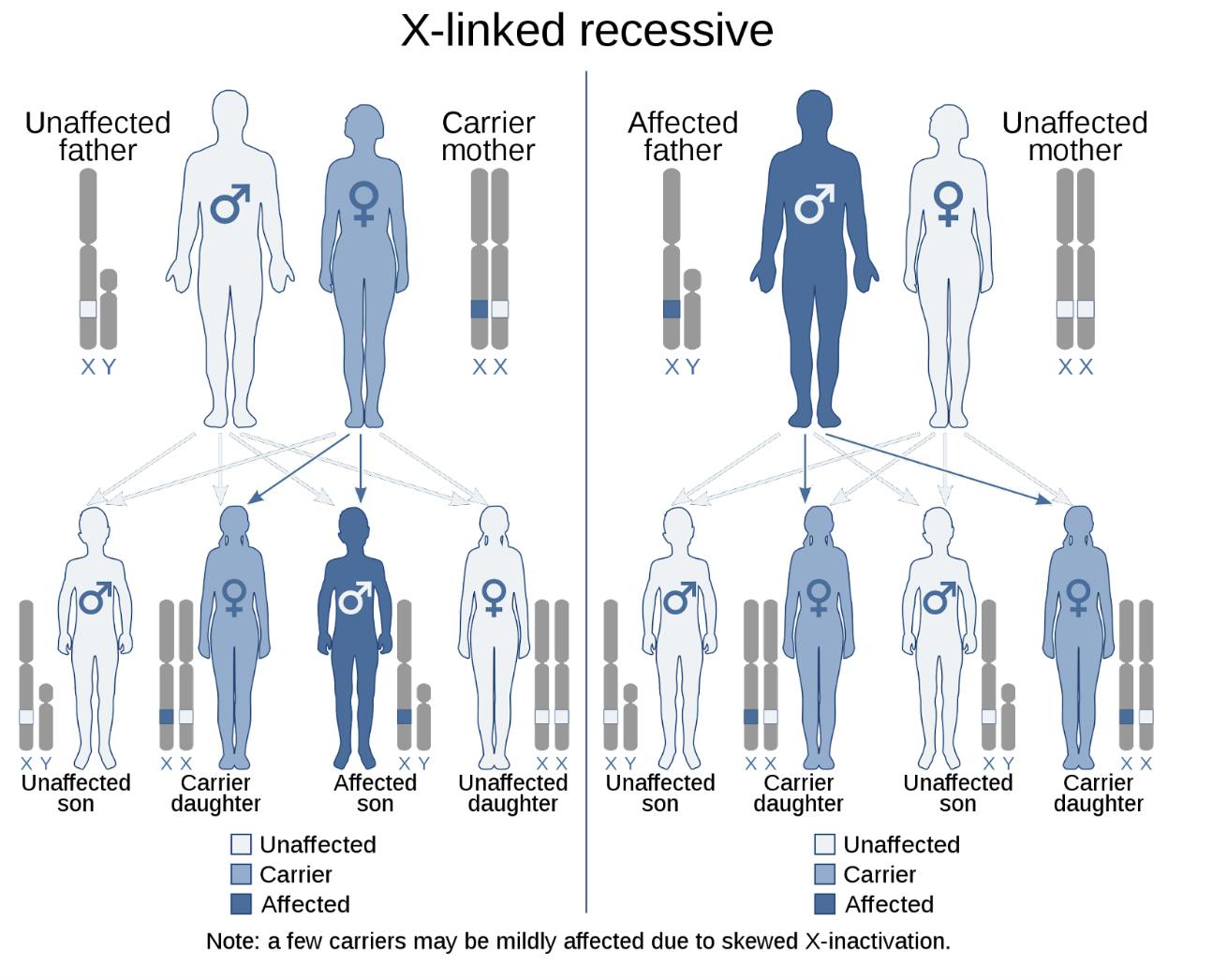TL;DR Color Blindness
By Thomas P.
April 07, 2022 · 2 minute read
Biology
Medicine
Have you ever wondered why traffic lights are always in the same order: red at the left (or top), yellow at the center, and green at the right/bottom? It may surprise you that this standardization was made in fact to accommodate for color blind people. Red-Green color blindness is a condition that is not uncommon among Europeans and Middle Easterners especially: people of Arabic and Russian origin have the highest likelihood of having the disease (10%, 9.2% of males in those respective populations have the condition). This article will discuss how color blindness is caused, and the science behind our color perception.
Our color perception
Our retinas contain cone cells that perceive color given bright light of three different wavelengths: long (L), medium (M), and short (S). The long-wavelength cones primarily serve to perceive the colors red (with the longest wavelength of visible light) to yellow-green; the medium-wavelength cones primarily serve to perceive yellow-green to dark green wavelengths; and the small-wavelength cones serve to primarily perceive blue to violet.

Many will compare these cones to the RGB color model used by computers and other electronics, but this is not entirely accurate of a comparison. Notice how the L-cone actually responds the most in the yellow-green range, similar to the M-cone which responds just slightly less in that range. The graph above also shows that the cones contain some overlap in what they perceive; this is why the term red-green color blindness actually refers to two different conditions - a topic which will be addressed later.
Types of color blindness
Color blindness occurs when one or more cone cell types in one’s retina are defective or non-existent. The following chart explains the different types of color blindness:

*Red-green color blindness
**Blue-yellow color blindness (this name is misleading because it also affects discerning the color green)
*** Results in total color blindness, every color is seen on a grey scale.

Inheritance
Color blindness can be inherited in various ways, however it is most common for it to be inherited along the x-chromosone (sex-linked), it also being a recessive trait.

Living with color blindness
While it may be natural for color blind people to be annoyed by their chronic (lifelong) condition every once in a while, for the most part they can function in the same capacity as their non-color blind counterparts; after all, the condition is not life-threatening. Red green color blindness may present an issue for learning drivers, who may not be able to tell the difference between green, yellow, or red on a traffic light or the difference between a red traffic sign and yellow traffic sign. However, many eventually learn to tell the difference between yellow and red based on their relative shade or dimness; though most still have trouble distinguishing red and green. Prescription glasses have recently also emerged as an option for viewing colors in wake of recent innovation.
Did you enjoy this article?
About The Author
Thomas is a student at Eastside High School.